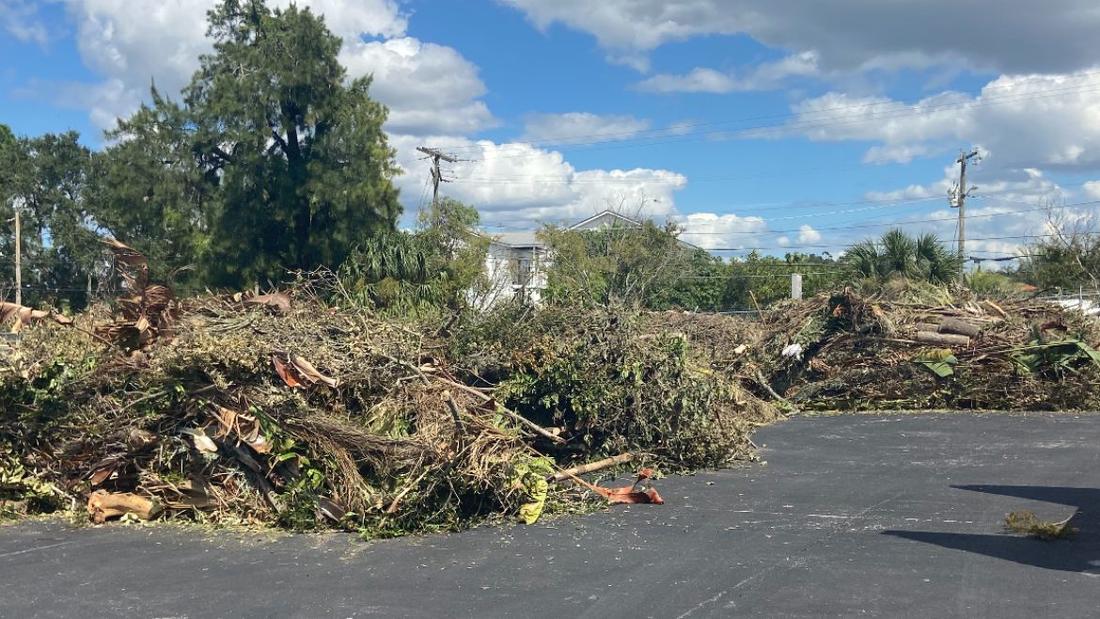
The aftermath of a hurricane leaves a sight that most people would not recognize. What once were homes now lay splintered wood and toppled brick, and despite the many memories made in the area it is almost impossible to distinguish what used to be what. There is a long road to reestablishing what once was, but even before plans can be laid out debris removal must be carried out.
Although many homes and buildings were destroyed, much of the debris has come from easily carried and uprooted trees and brush. Because of this, a significant part of any recovery process is the removal of vegetative debris. The sheer volume of downed trees, branches, and other plant material can create significant problems by blocking roads and access points, hindering emergency services and relief efforts. The removal of this problem can expedite the recovery process by facilitating the delivery of essential items and additional help, minimizing the sufferings of residents from lack of emergency services.
Eliminating the safety hazards caused by vegetative debris is also a large step to decreasing the threat to public safety. Fallen trees and branches can obscure visibility on roadways, causing accidents and creating risks for pedestrians. Relating to the health concerns of residents, decomposing plant material can become breeding grounds for unwanted pests and diseases, posing further health risks to an already vulnerable population. Effective removal helps alleviate these dangers, and as a positive by-product helps restore a sense of normalcy, allowing residents to focus on rebuilding their lives and communities.
However, an unexpected result of vegetative debris is the environmental impact it can have. Left unmanaged, large amounts of vegetative waste can contribute to erosion, particularly in areas where soil stability has been comprised by the extreme flooding and wind damage from the hurricane. This erosion can lead to further environmental degradation, impacting local ecosystems and water quality. Obviously, this can further harm the population, extending the recovery period and making it more expensive as well.
To avoid these future problems and speed the recovery process, vegetative debris removal is absolutely critical and McIntosh County in Georgia is seeking proposals from qualified vendors to clear vegetative debris and dispose of it following the aftermath of Hurricane Helene. If interested in this opportunity, click on the link to learn more. The bid closes November 7, 2024 at 11:00 AM ET.